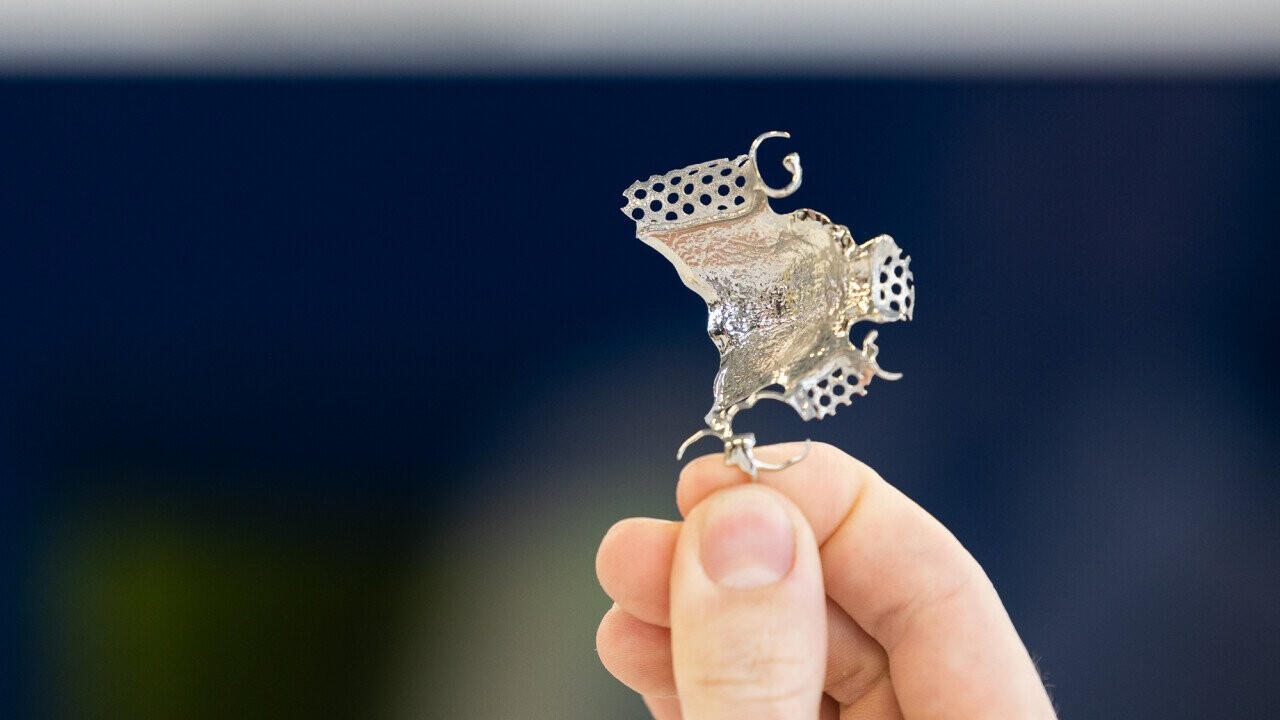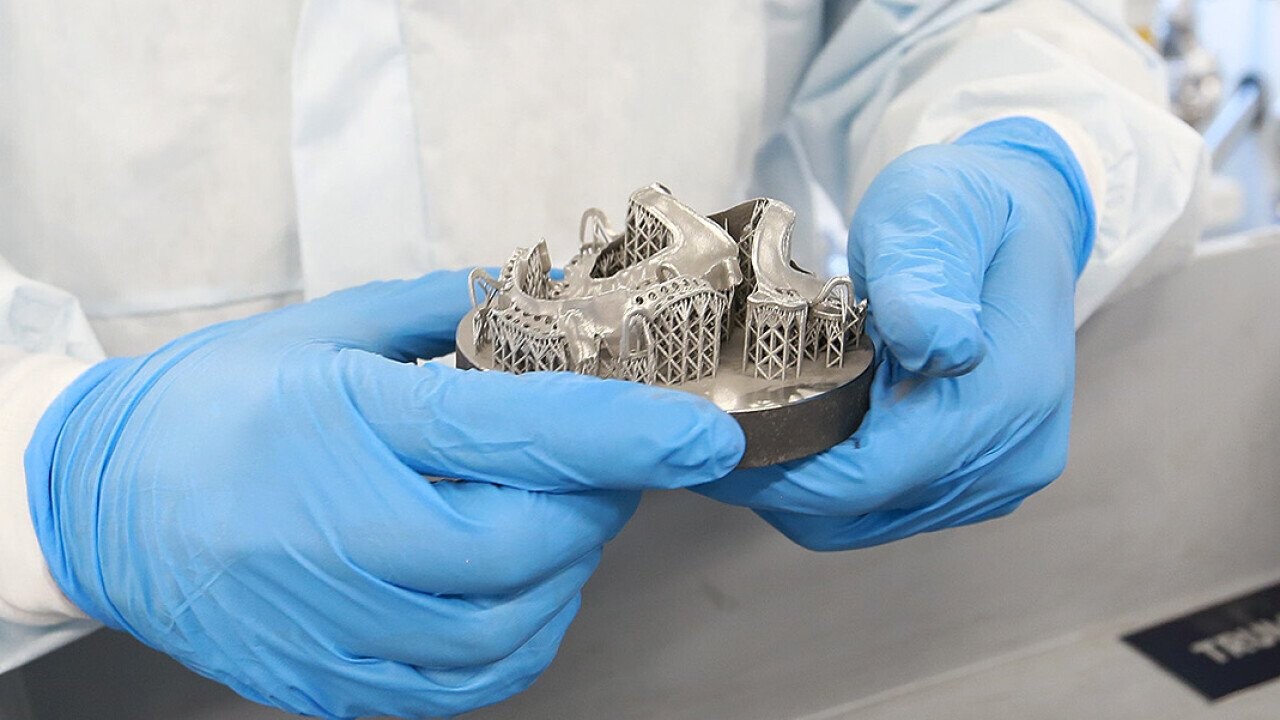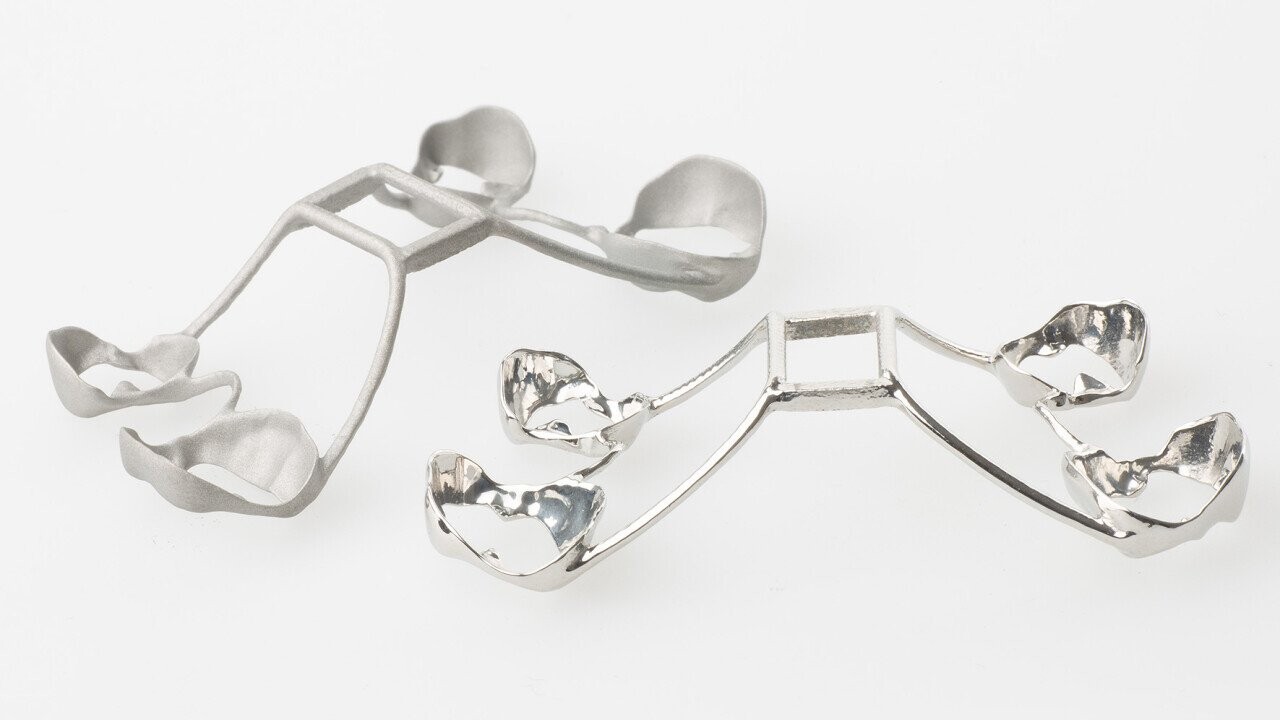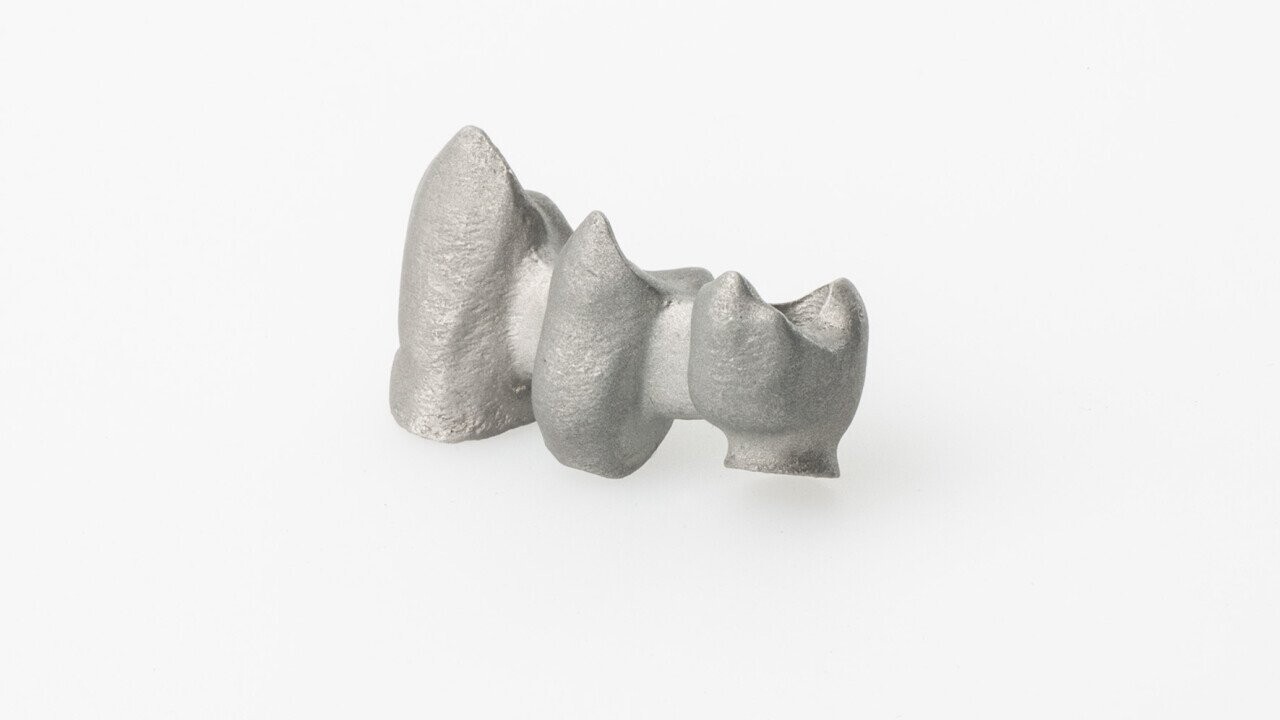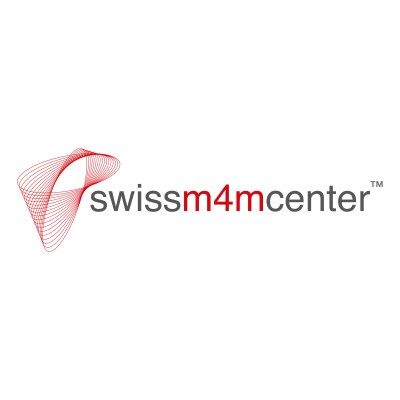Optimized properties and individualized mass production - the dental industry predestined for 3D printing
In the 1990s, dental models and prostheses from a 3D printer were experimented with for the first time. A short time later, the first commercial printer for the dental industry came onto the market.
The variety of technologies, the precision and speed of printers, and the choice of materials and properties have evolved tremendously over the past 10 years.
Additive manufacturing technology offers advantages that the dental industry is specifically taking advantage of.
Complexity for free: thanks to 3D printing, there are hardly any limits to the geometry of components. Therefore, it is called "complexity for free" because additive manufacturing does not generate additional costs to produce a component if it has a high complexity. In conventional manufacturing by milling, casting or turning, the more complex the design, the more expensive a component becomes.
Mass customization: whether artificial dentures or orthodontic applications, these products are always customized to the patient's anatomy. Here, additive manufacturing makes it possible to produce multiple prostheses, bridges and crowns for different patients in a single operation and on a single build plate. So-called mass customization thus combines the efficiency of mass production with the personalization of individual adjustments.
Optimization of Properties: additive manufacturing can achieve a higher accuracy of fit of the dental prosthesis and optimized material properties than casting. This increases the quality of the product and improves patient care.
In dental laboratories responsible for the production of dentures or orthodontic applications, 3D printing has become firmly integrated into the digital workflow. For example, dental models are no longer casted from plaster but printed from plastic. Bands, bridges or crowns are additively manufactured from cobalt chrome using the selective laser melting process, which is gradually replacing the traditional manufacturing methods of casting and milling.
One example of the efficient use of 3D printing in the dental industry is 3D printing of removable partial dentures (RPD, see picture 1). With the ability to design models using CAD software and then 3D-print it, the manufacturing process has been completely digitized. Only in the finishing stage, artificial teeth are modeled on the RPD by hand. The conventional, manual production by means of casting the RPD is costly, allows the production of a single part at a time and is not always profitable. 3D printing allows multiple model casts to be produced in one manufacturing run, clean, efficient and without long waiting times.
From digital scanning of dental impressions to CAD modeling and 3D printing of tooth replacement solutions, 3D printing offers an efficient and precise process that complements traditional manual finishing.
The Swiss m4m Center is an established additiven manufacturing expert for the MedTech and Dental industry, offering 3D printed dental applications in cobalt chrome and titanium, and developing applications in collaboration with innovative dental laboratories for optimized patient treatment.
